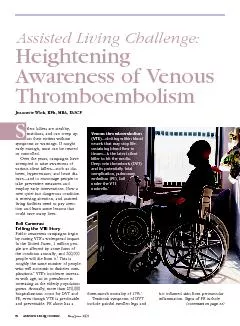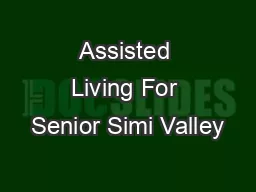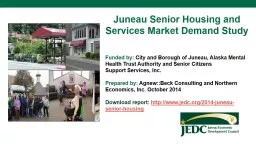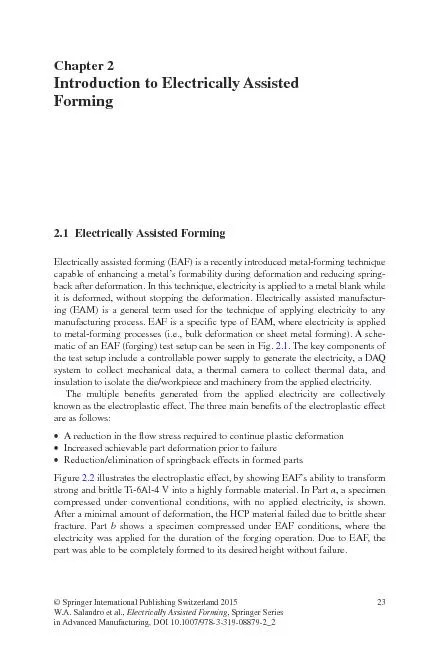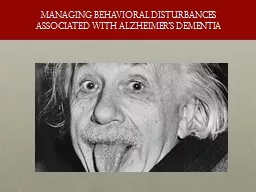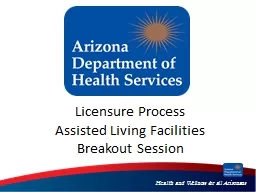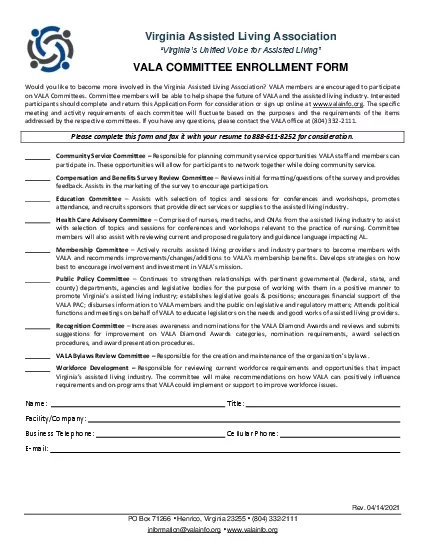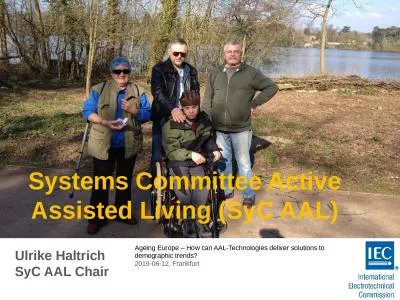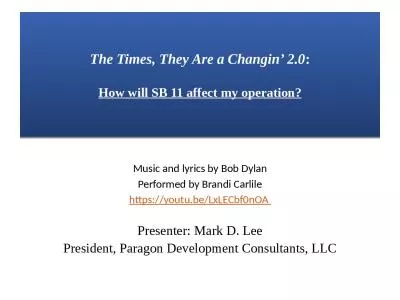PDF-Assisted Living Consult
Author : sherrill-nordquist | Published Date : 2015-08-06
MayJune 2005 ilent killers are stealthysymptoms or warnings If caughtor controlled tion and learn some lessons that Telling the VTE Story Public awareness campaigns
Presentation Embed Code
Download Presentation
Download Presentation The PPT/PDF document "Assisted Living Consult" is the property of its rightful owner. Permission is granted to download and print the materials on this website for personal, non-commercial use only, and to display it on your personal computer provided you do not modify the materials and that you retain all copyright notices contained in the materials. By downloading content from our website, you accept the terms of this agreement.
Assisted Living Consult: Transcript
Download Rules Of Document
"Assisted Living Consult"The content belongs to its owner. You may download and print it for personal use, without modification, and keep all copyright notices. By downloading, you agree to these terms.
Related Documents

